The Design Commission has approved the Press Blocks, the redevelopment of the former Oregonian publishing buildings in Goose Hollow. The development will include three buildings, spread over one and a half city blocks. The project is developed in partnership by Urban Renaissance Group and Security Properties. The architects are Portland based GBD Architects and Seattle based Mithun.
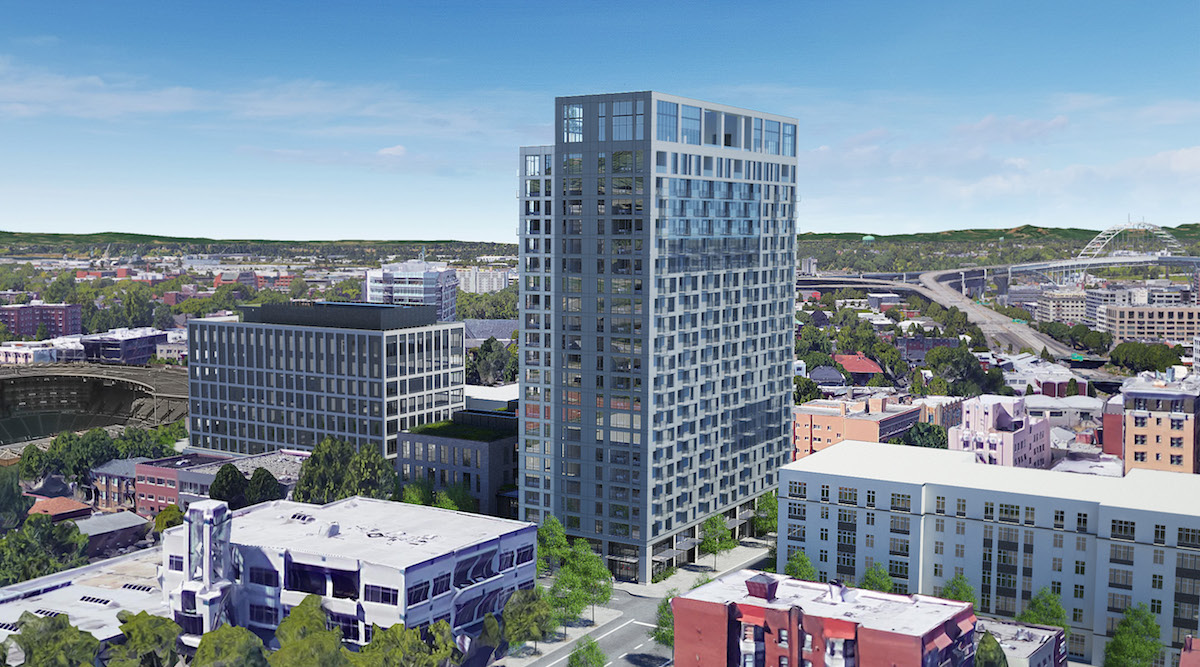
The existing buildings on the site were built for the Oregonian as its main printing facility. In 2015 it was announced that Advance Central Publications, the company which now prints and distributes the Oregonian, would outsource printing of the newspaper. With the buildings no longer needed, they were put up for sale. The $20 million sale closed in February 2017.
Full Block
The full block site at 1621 SW Taylor Street is being designed by Mithun, and will include a 250’ tall residential tower and a 55′-2″’ tall office building. The 23 story tower will include 337 residential units, while the lower plaza building will include 41,500 sq ft of office space. The ground floor programming of the two buildings includes commercial lease space facing the exterior streets, and live/work units facing the alley. Parking for ±469 cars will be provided in four levels of underground parking.
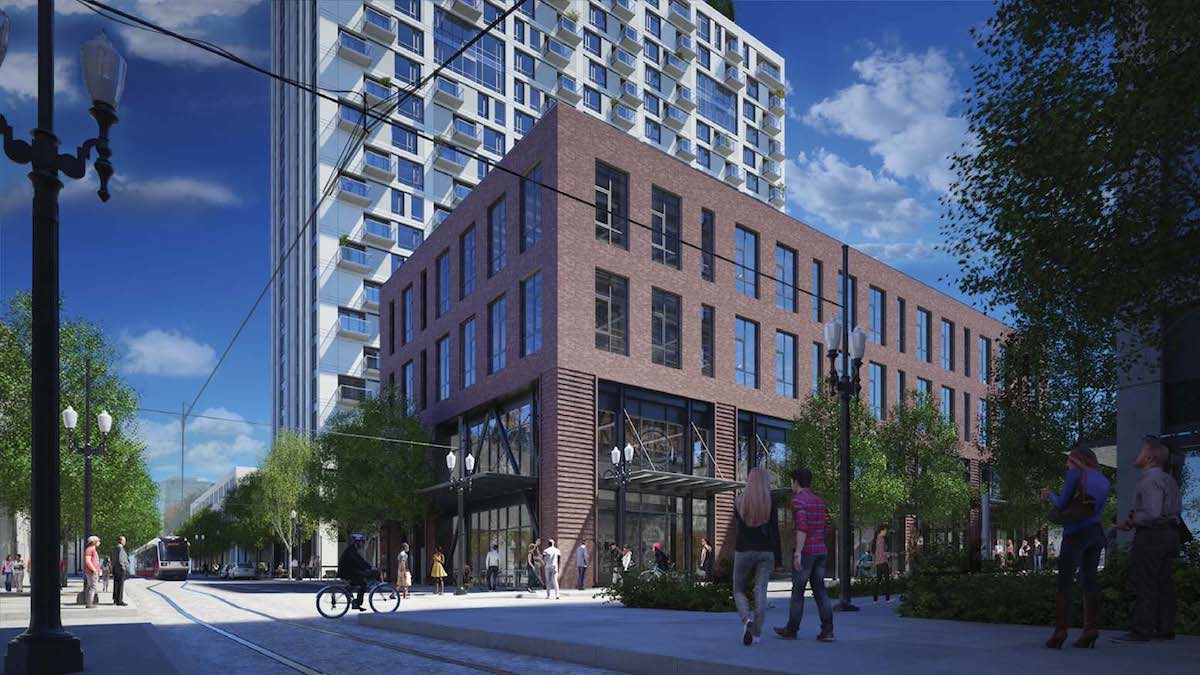
The two buildings are oriented in a north/south configuration, with a 30′ wide alley in between them, leading to an 5,500 sq ft plaza at SW 17th and Taylor.
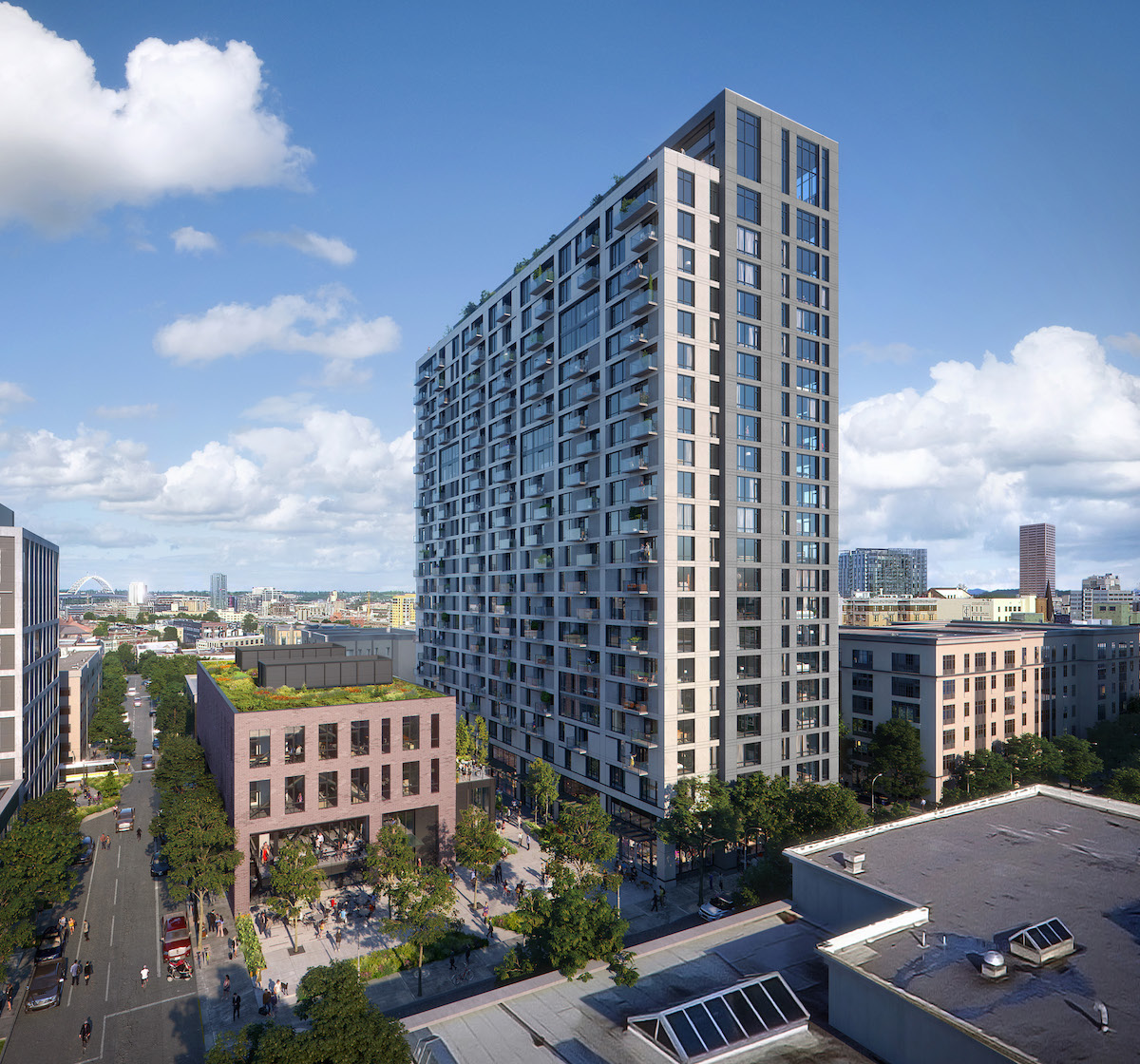
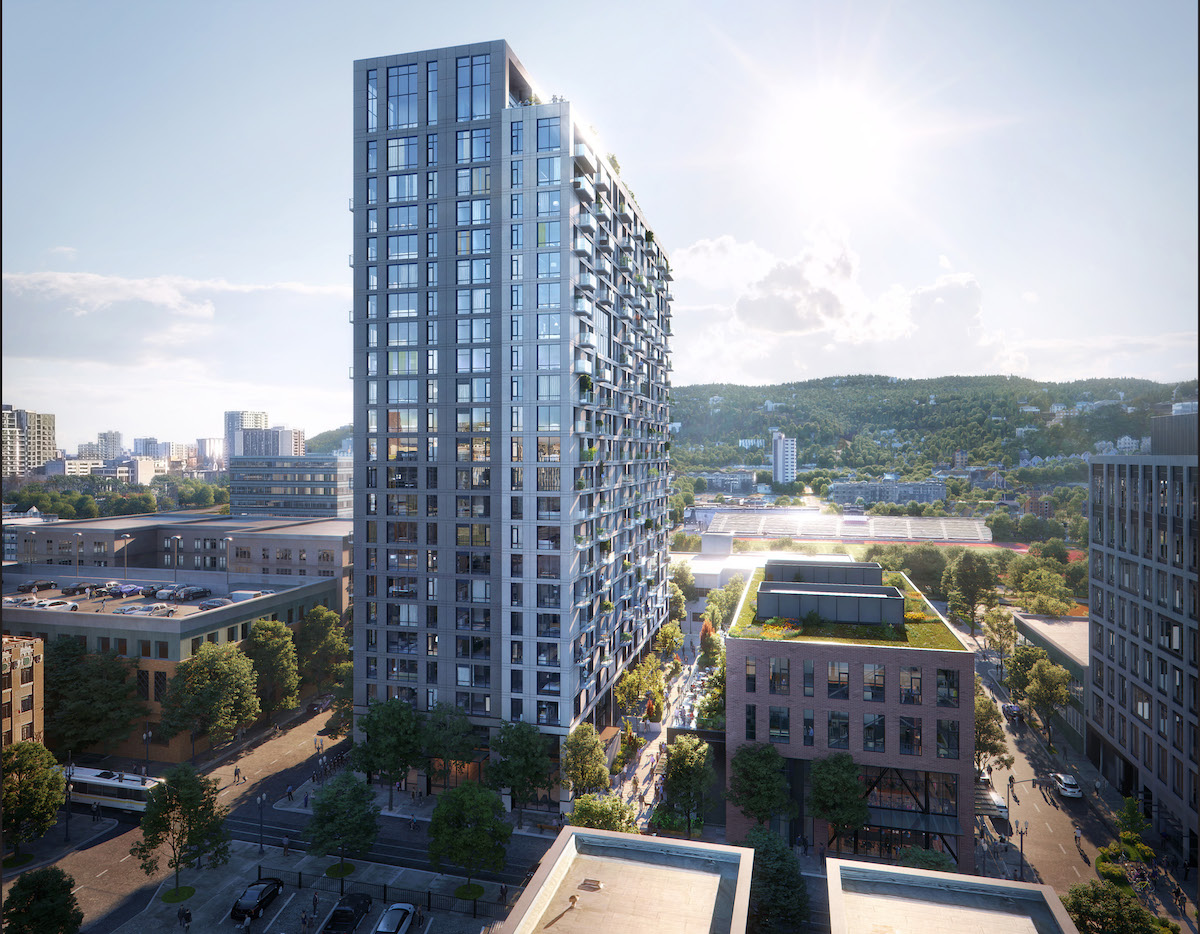
Materials proposed for the tower include precast concrete, in various colors; an aluminum window wall system, with vision and spandrel glass; concrete balconies with structural glass guardrails; steel and glass canopies; and stone cladding at the base of the tower.
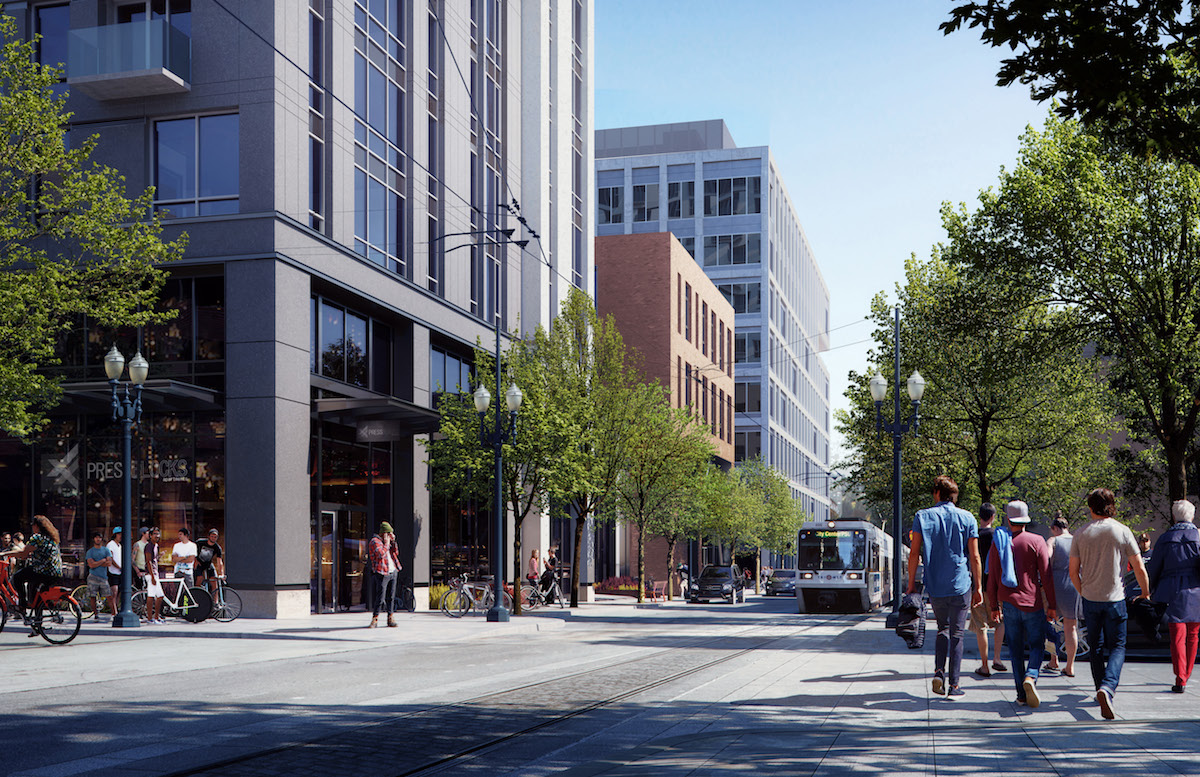
Material for the plaza building will include red brick, fiberglass windows, steel and glass canopies, and an exposed painted structural steel frame.
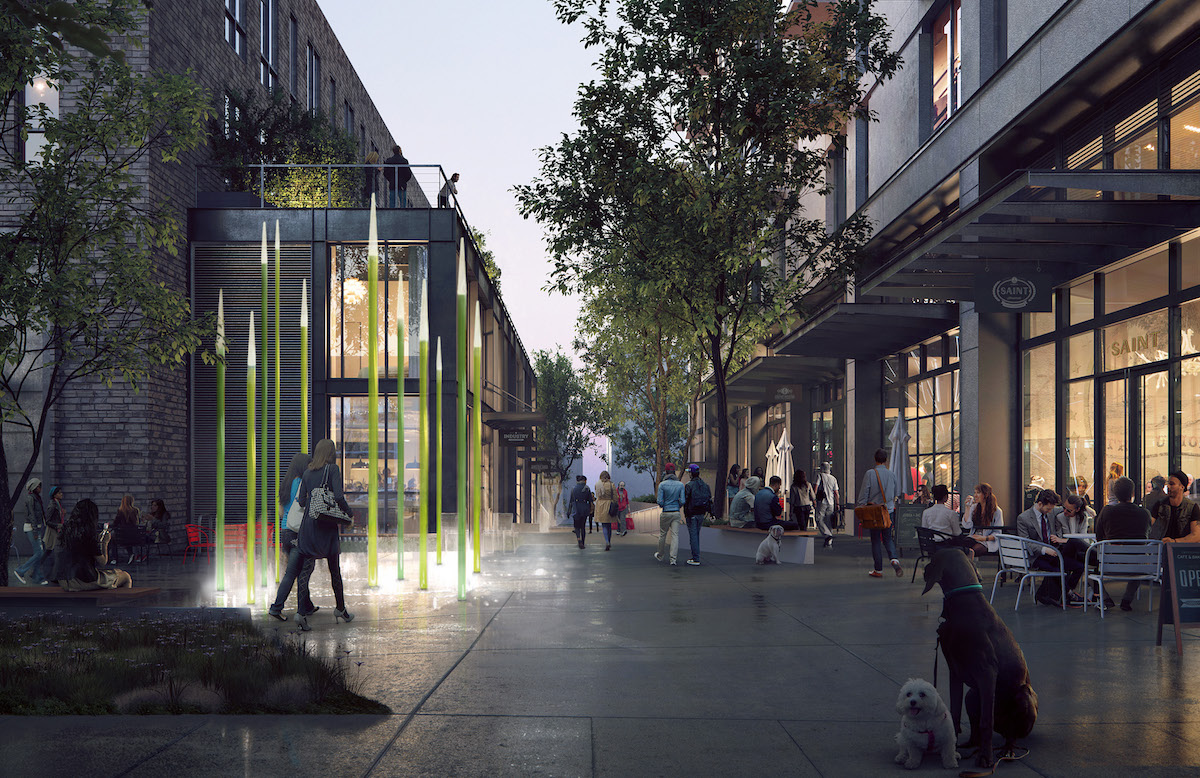
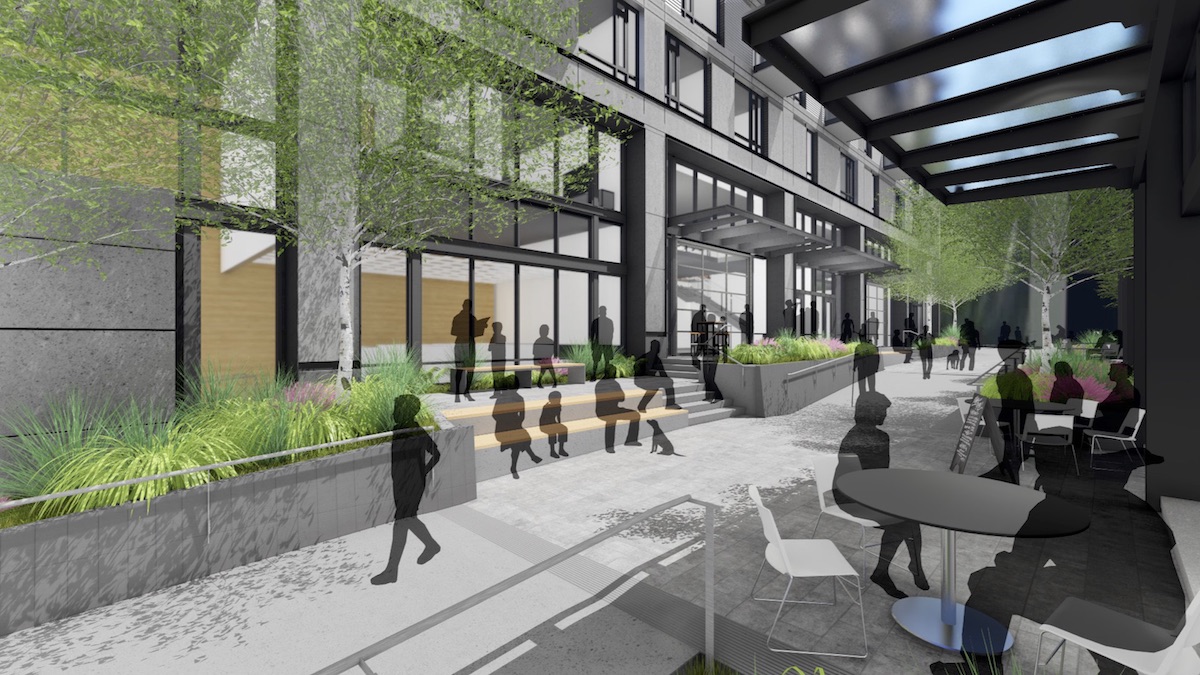
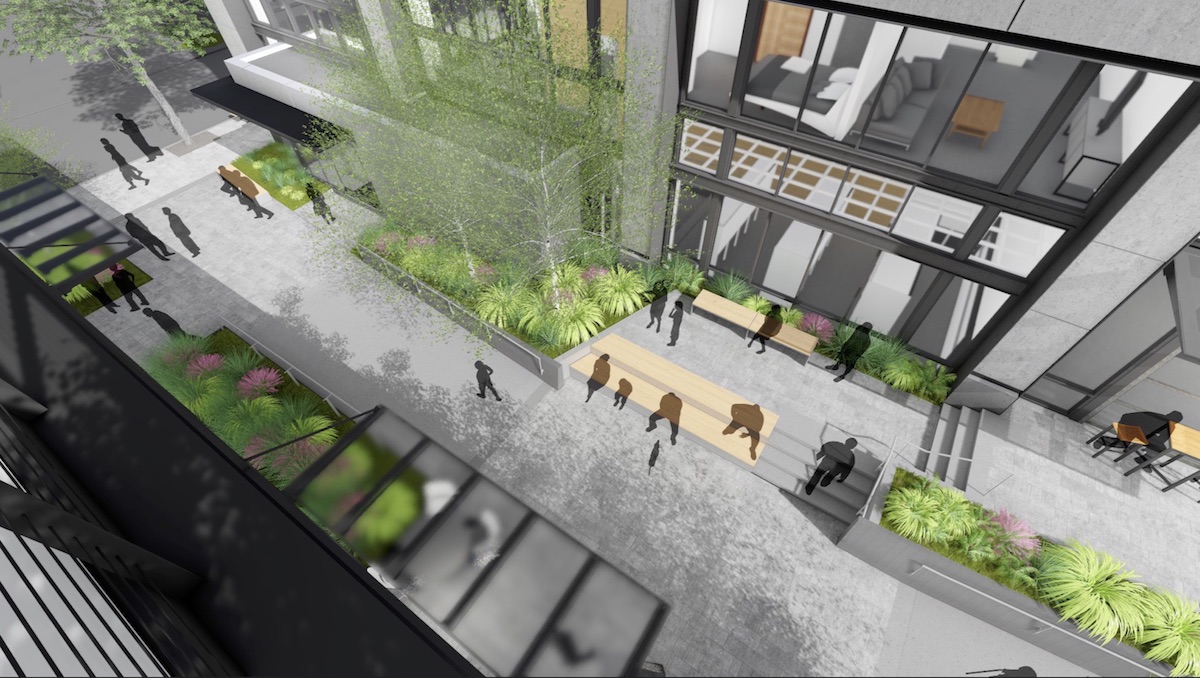
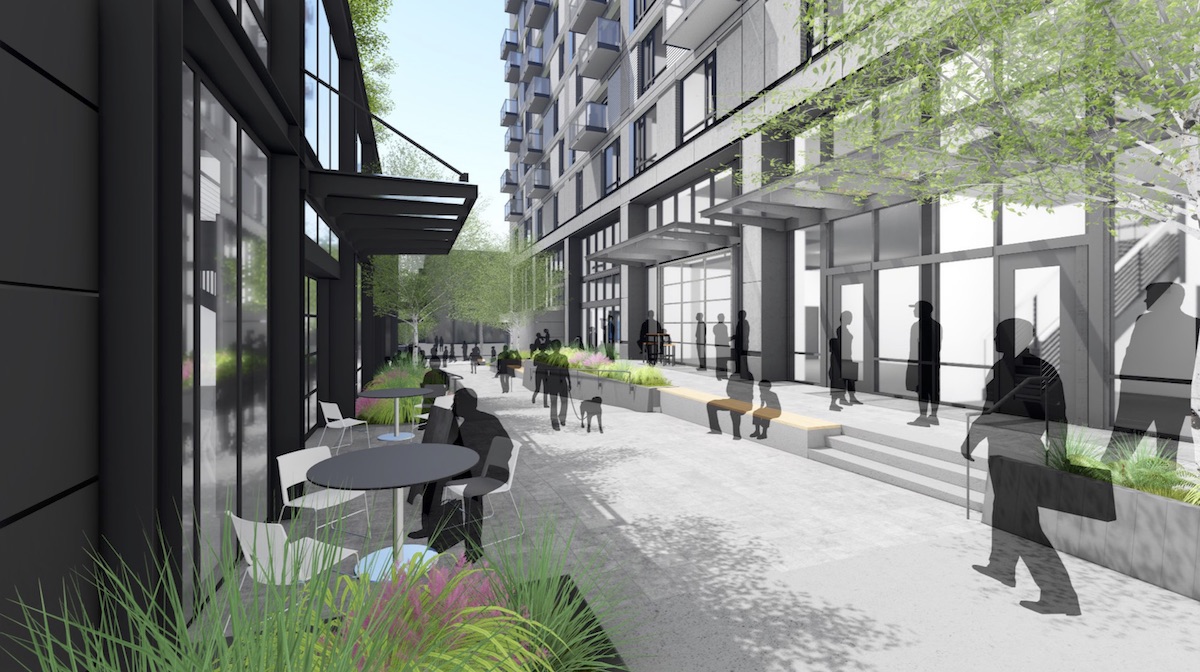
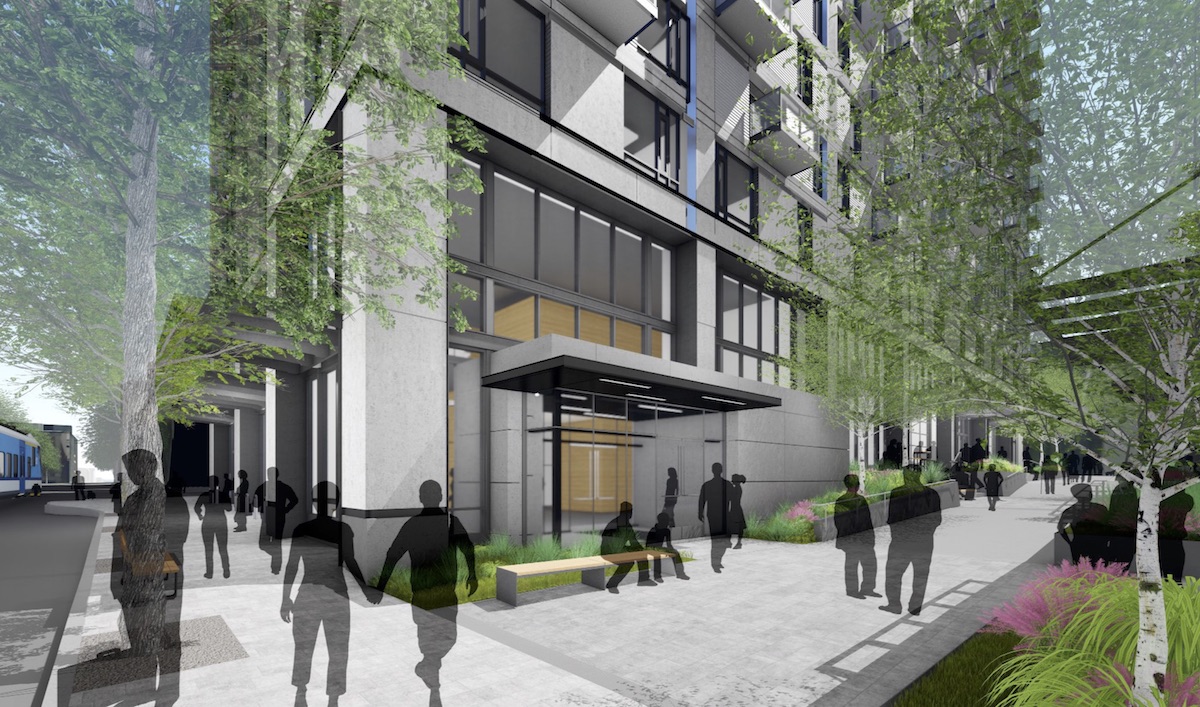
Half Block
The half block site at 817 SW 17th Avenue will be an 8 story, 136’-6” tall office building, designed by GBD Architects. At the ground level the building will include 8,870 sq ft of retail space, fronting onto the westbound Providence Park MAX station. One level of underground parking will provide 40 vehicular parking stalls. An existing tunnel, built for the Oregonian, will provide a pedestrian connection from the larger underground parking garage at the full block site. At the ground level a bike storage and locker room will provide space for 124 bicycles. The 152,349 sq ft speculative office building is being designed to accommodate either a single occupant tenant, or multiple tenants.
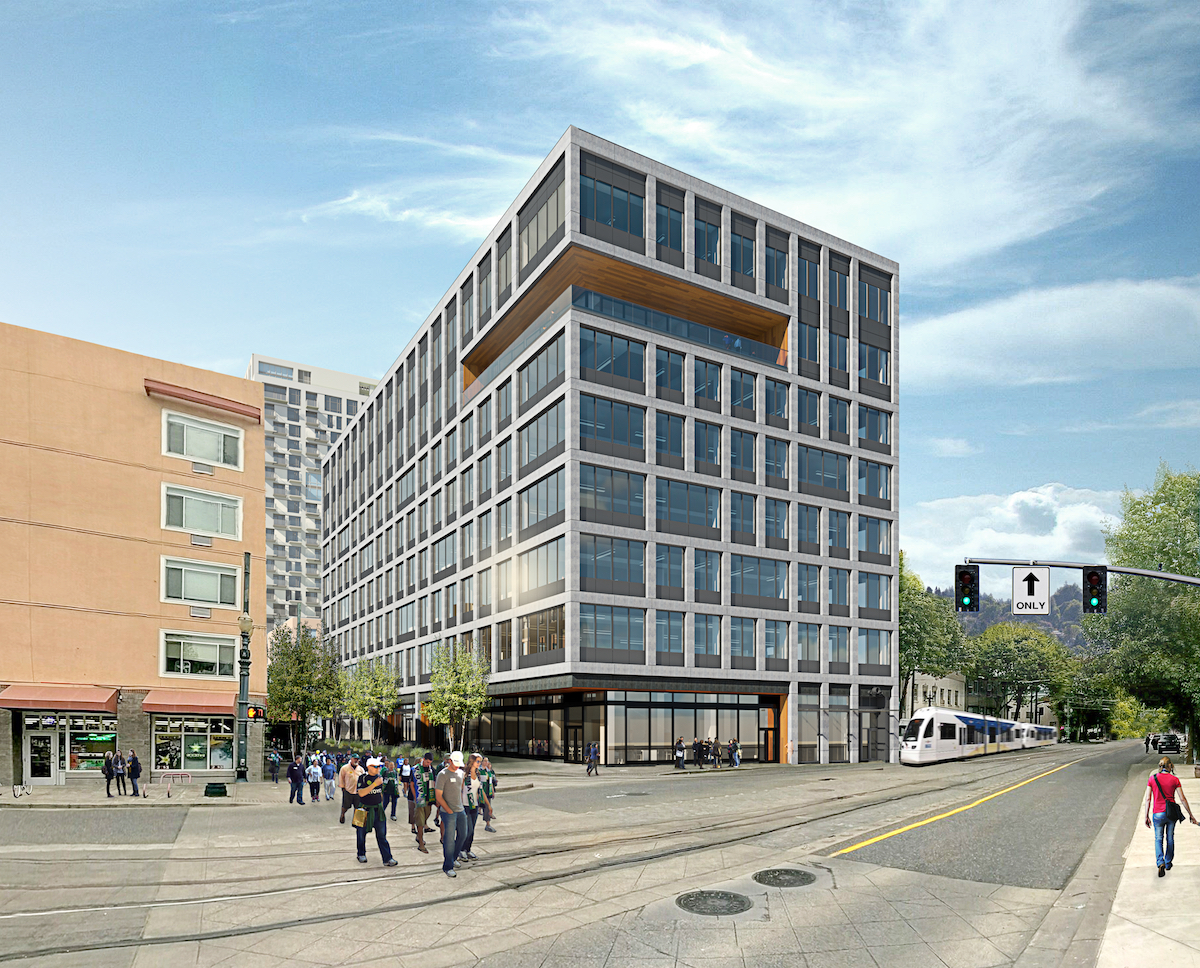
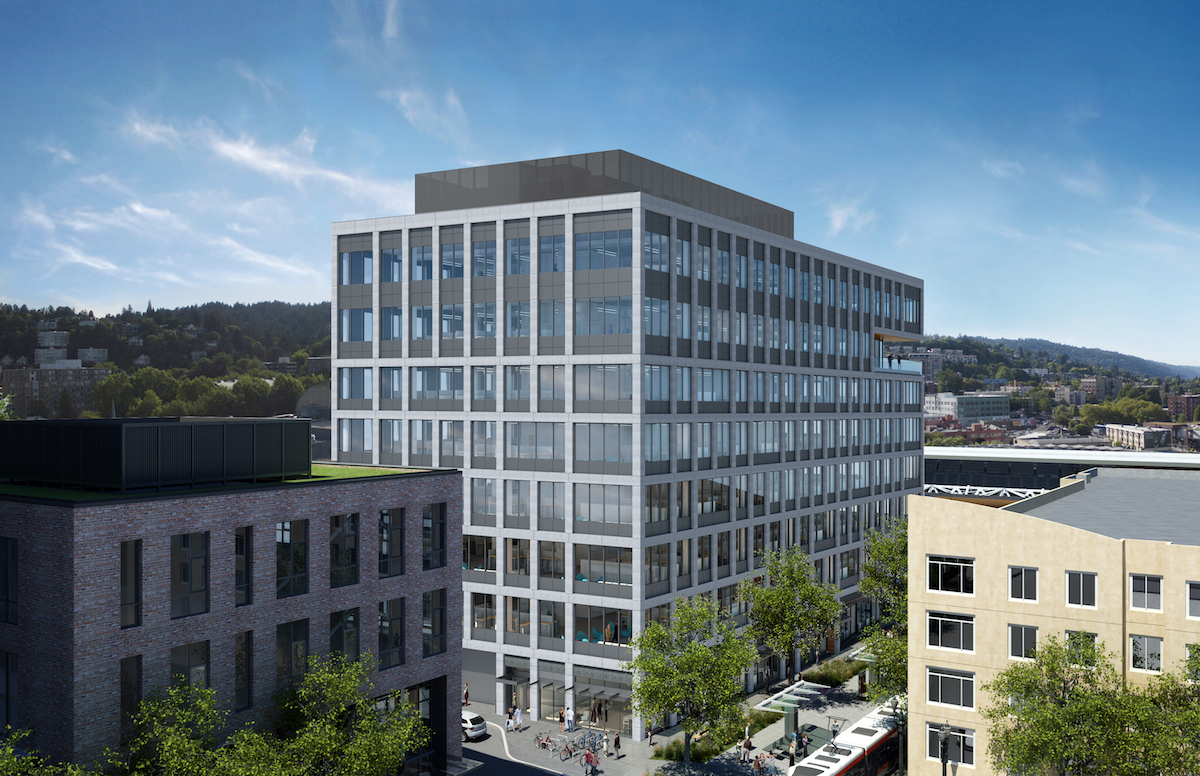
At the 7th floor a carved out deck is proposed that would provide views to the north and west.
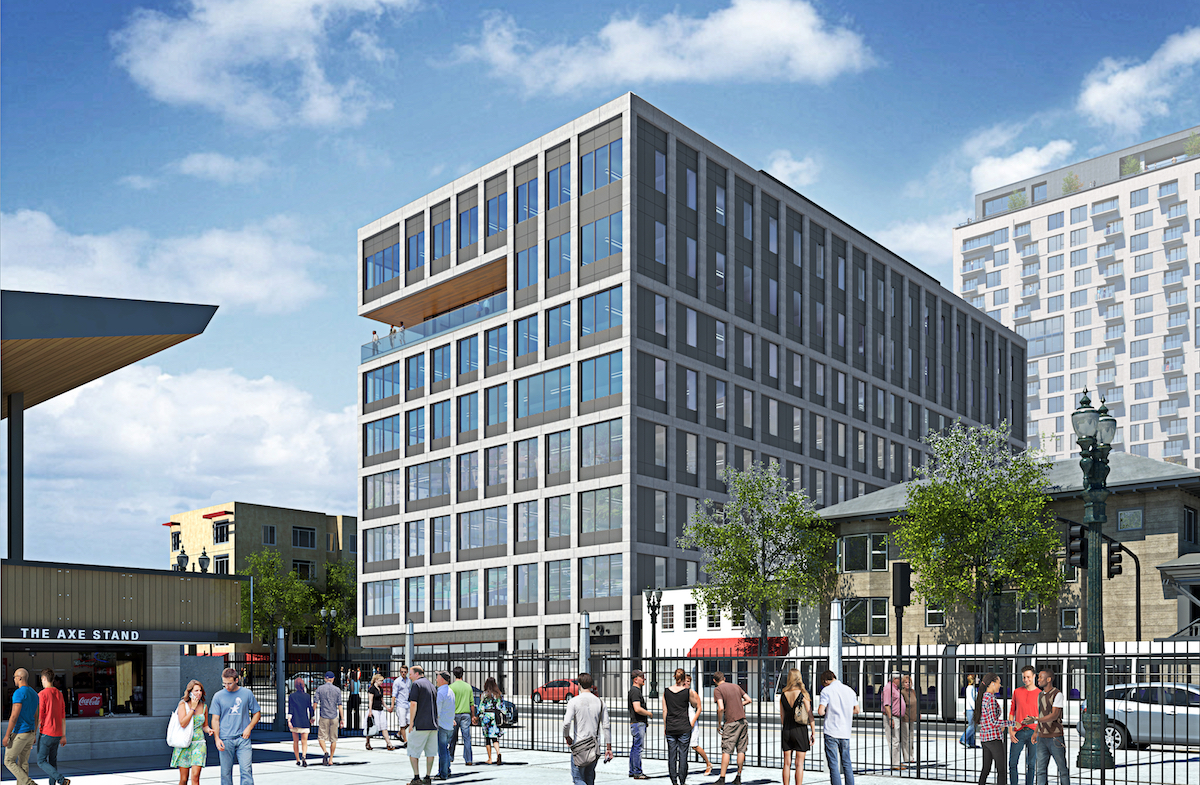
The half block office building will be clad in thin precast concrete panels, with honeycomb-backed metal panels and fiberglass windows.
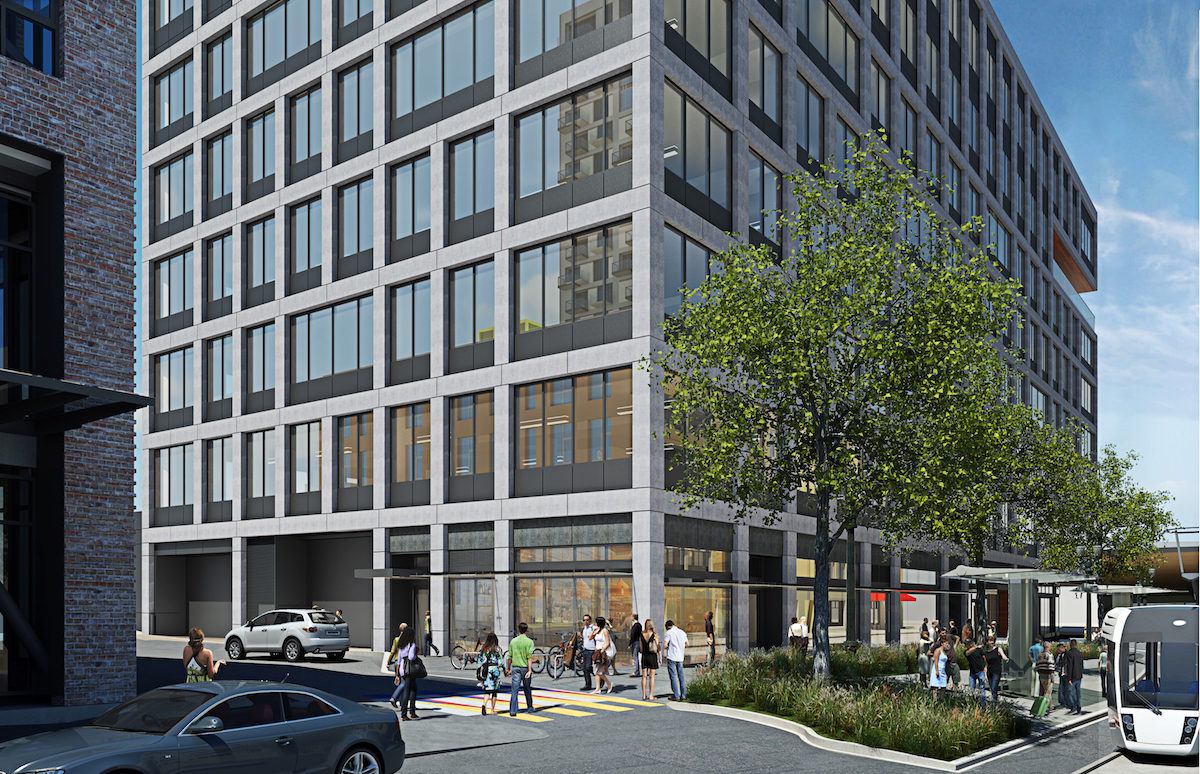
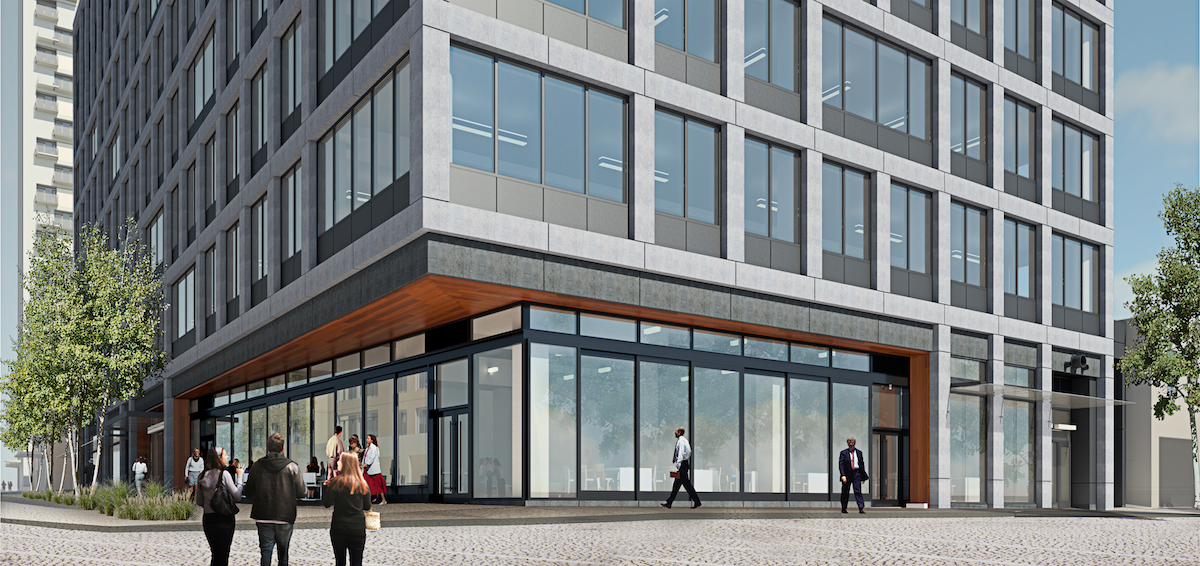
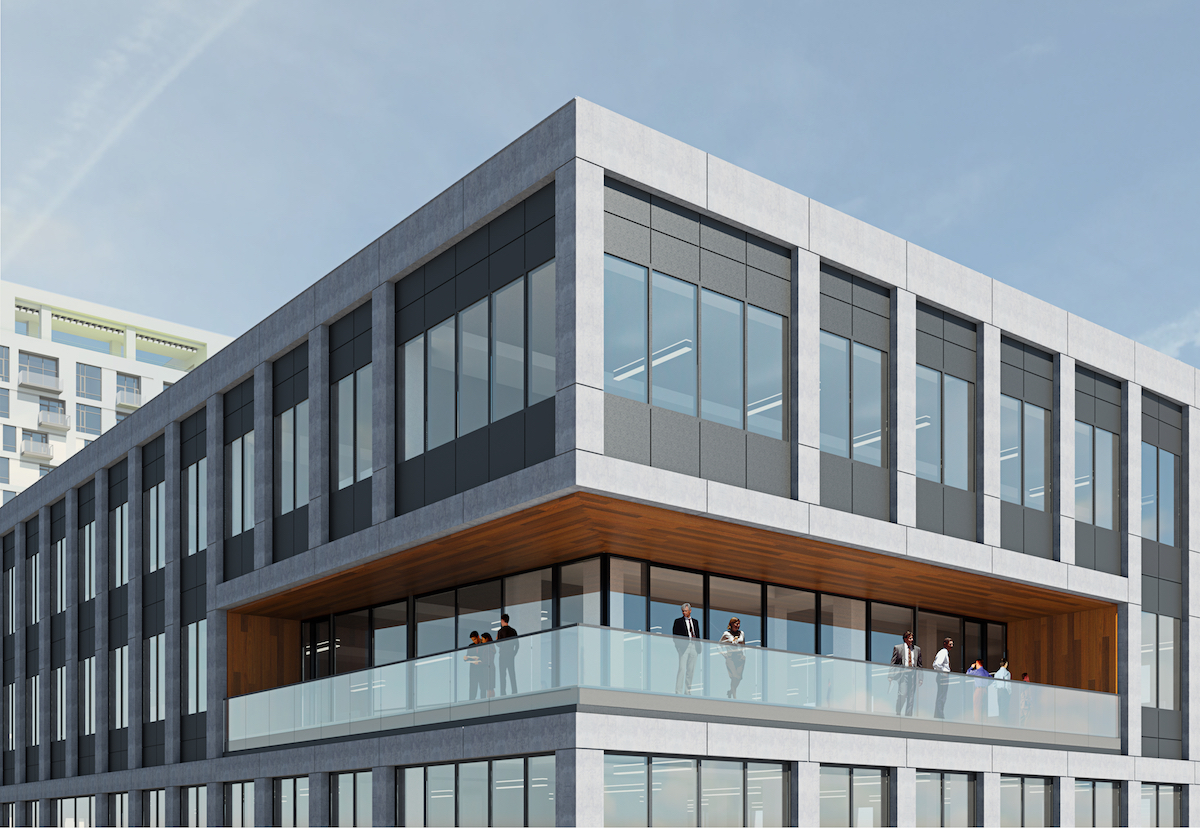
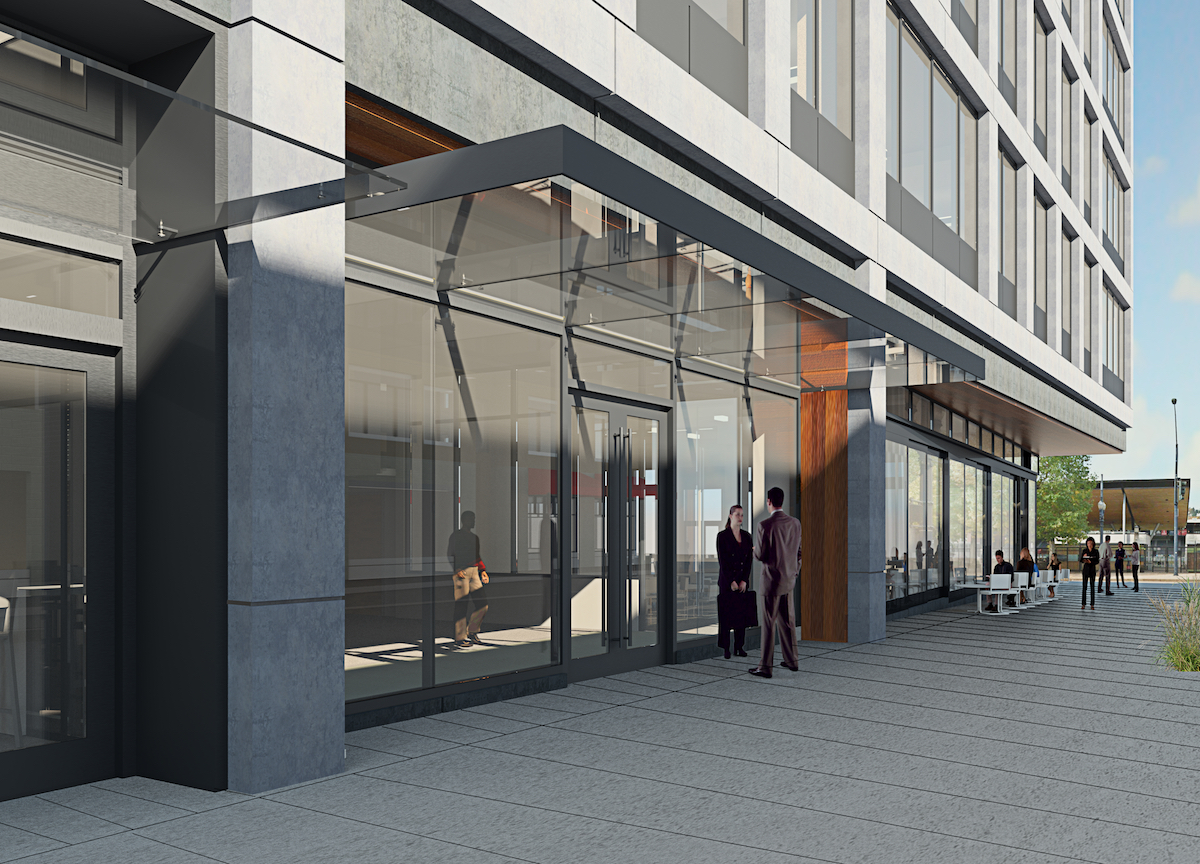
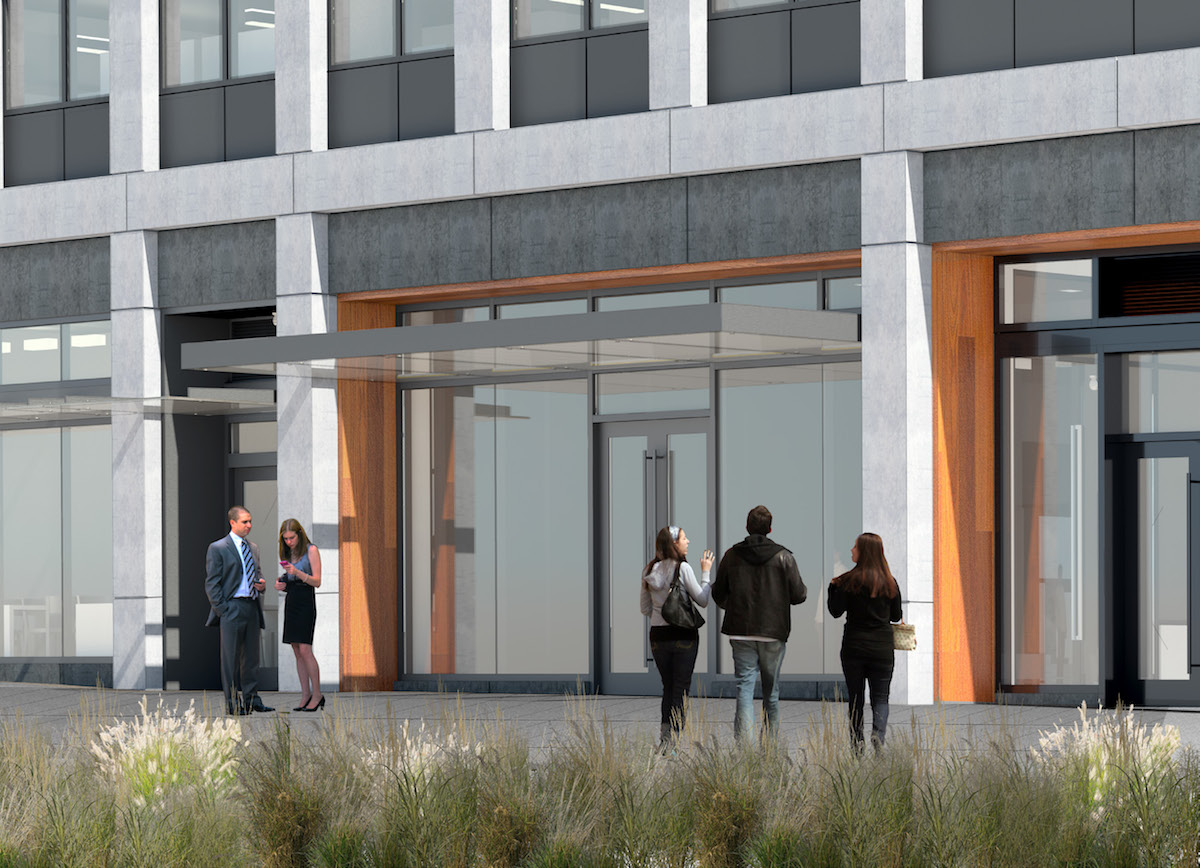
The Press Blocks development was approved by a unanimous vote of the Design Commission at their May 4th meeting. Changes made since the project’s first design review hearing include: making the north and south elevations of the full block tower read as a more residential “punched window” expression; increasing the amount of circulation space for pedestrians in the mid-block alley; and revisions to the detailing of the office building at the ground floor storefronts and at the 7th floor deck. In the Final Findings and Decision by the Design Commission each of the buildings was praised for its composition:
Full Block. Each of the two buildings on the Full Block is a coherent composition of its own, distinct from one another by design parti, program, massing, material palettes and concept; yet unified through ground level building volumes, active uses and pedestrian amenities. The project proposes a high quality palette of materials to provide a range of visual experiences with materials of permanence. The Plaza Building is a solid, compact monolithic composition of punched openings in brick. The brick detailing proposed for the building adds a human-scale layer of texture evident at the ground level as well as from other public vantage points. A high-volume ground level accented with exposed steel detailing, double-height glazed aluminum storefront and a steel-clad side car component (2-level work-live units) conveys quality and permanence.
The Residential Tower Building features two-level recessed bays framed in metal plate with fixed wood benches covered by glass canopies which serve to reinforce pedestrian scale while adding visual interest. As the building ascends, elevation distinction is evident – staggered balcony and window placement on the west and east elevation evoke typeface, while the emphasized verticality of the north and south elevations evoke sheets of newsprint. Stone, cementitious panels, steel detailing, and aluminum storefront are proposed at the base of the Residential Tower Building to differentiate the pedestrian realm, with cementitious panels and aluminum window wall to accent the levels above.
…
As a composition, the buildings form a coherent full-block development unified via subtle ground level treatments – elements of streetscape design, bay dimensions, and similarly detailed ground-level openings framed in steel create an overall coherency for the project without making a monotonous matching block. Both buildings will include high quality detailing of light, small-scale steel elements such as window surrounds, railings and canopies.
Half Block. The Office Building is a restrained composition of limited materiality expressed as a partially eroded grid of vertical and horizontal precast concrete panels; honeycomb-backed metal panel infill that adds to the large window bays within the concrete framework; large fiber-glass and aluminum window systems; accent wood surrounds where the building breaks the frame, both at the ground floor and upper floor terraces. The relatively straightforward grid pattern is interrupted intermittently creating large window openings which intended to evoke a newspaper page’s type-face interspersed with images. The result is a rhythmic clarity and coherence that can be experienced from a pedestrian scale, as well as from distance in a larger urban context.
The approval of the project has now been appealed to City Council by the Goose Hollow Foothills League, the neighborhood association that includes the site. The hearing is scheduled for August 10th at 2pm. City Council will have the option of upholding or overturning the decision of the Design Commission. Assuming the decision is upheld, the project will also need to obtain building permits before work can begin on site.
Drawings
- Master Site – Plan
- Master Site – Elevation – North
- Master Site – Elevation – South
- Master Site – Section
- Master Site – Section
- Full Block – Plan – Level P4
- Full Block – Plan – Level P3
- Full Block – Plan – Level P2
- Full Block – Plan – Level P1
- Full Block – Plan – Level P1B
- Full Block – Plan – Level 1
- Full Block – Elevation – North
- Full Block – Elevation – South
- Full Block – Elevation – East
- Full Block – Elevation – West
- Full Block – Section
- Full Block (16th Ave) – Plan – Level 1
- Full Block (16th Ave) – Plan – Level 2
- Full Block (16th Ave) – Plan – Levels 3 to 12
- Full Block (16th Ave) – Plan – Levels 13 to 20
- Full Block (16th Ave) – Plan – Levels 22 to 22
- Full Block (16th Ave) – Plan – Level 23 (Amenity)
- Full Block (16th Ave) – Plan – Level 24 (Mechanical)
- Full Block (16th Ave) – Plan – Roof
- Full Block (16th Ave) – Elevation – North and South
- Full Block (16th Ave) – Elevation – East
- Full Block (16th Ave) – Elevation – West
- Full Block (16th Ave) – Section
- Full Block (17th Ave) – Plan – Level 1
- Full Block (17th Ave) – Plan – Level 2
- Full Block (17th Ave) – Plan – Level 3
- Full Block (17th Ave) – Plan – Level 4
- Full Block (17th Ave) – Plan – Roof
- Full Block (17th Ave) – Elevation – North and South
- Full Block (17th Ave) – Elevation – East
- Full Block (17th Ave) – Elevation – West
- Full Block (17th Ave) – Section
- Full Block (17th Ave) – Section
- Half Block – Plan – Levels B1 and B2
- Half Block – Plan – Level 1
- Half Block – Plan – Level 2
- Half Block – Plan – Level 7
- Half Block – Plan – Roof
- Half Block – Elevation – North
- Half Block – Elevation – East
- Half Block – Elevation – South
- Half Block – Elevation – West
- Half Block – Section
- Half Block – Section
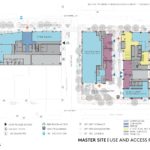
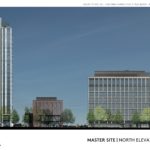
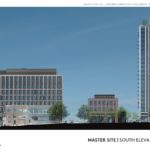
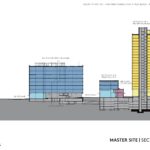
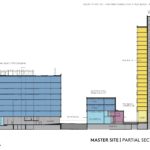
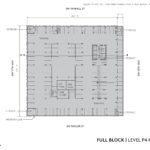
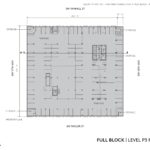
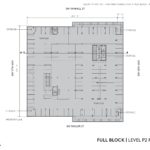
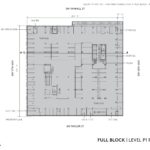
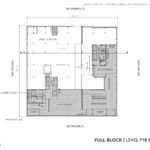
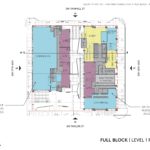
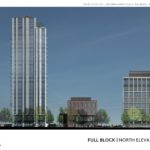
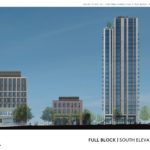
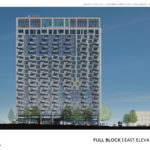
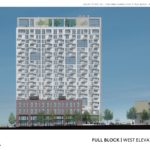
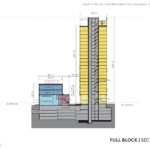
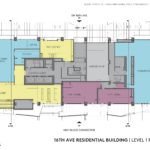
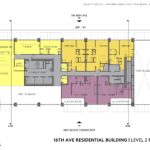
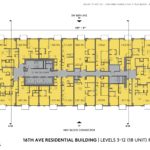
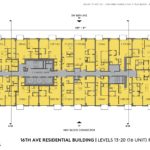
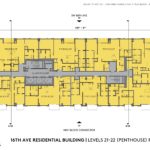
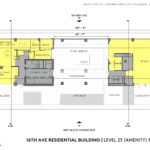
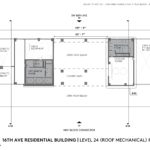
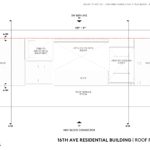
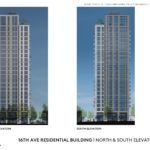
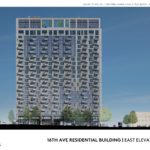
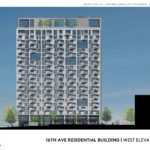
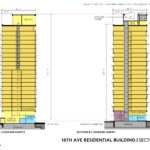
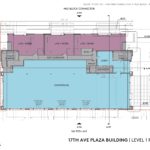
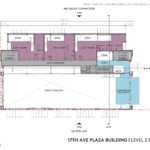
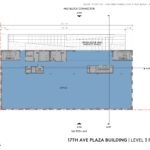
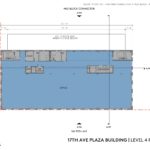
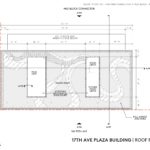
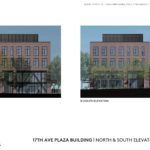
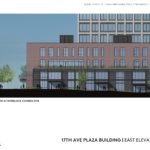
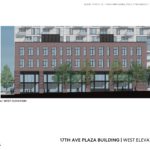
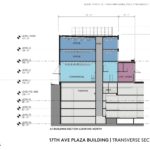
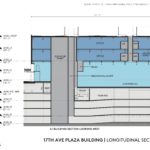
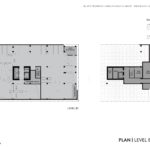
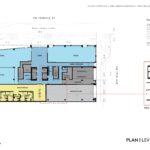
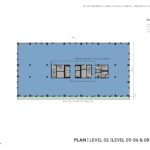
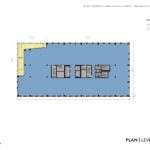
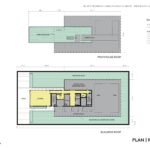
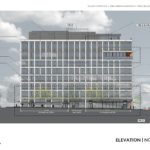
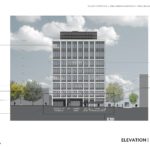
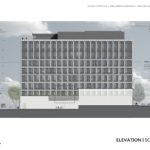
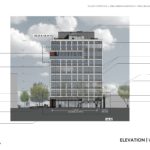
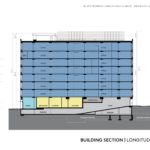
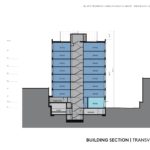
Heavens, I hope Goose Hollow isn’t going to make the city oppose this. This is a big improvement over what’s there now, and the area can’t stay the same forever. It’s a highly underutilized space on top of a train station and still withing the sphere of Downtown. There are also several buses that meet in this area including the high frequency 15 (my bus!), the 20, the 63, and I think also the 51. Granted, the first two are really the main lines people will use, but they are very heavily ridden. Anyway, this area should have large-scale development. There’s no reason not to. Is it the height of the tower they object to? Practically across the street is that almost equally tall building along Burnside & 18th, so it’s not like it’ll stand out that much. It’s also east of the stadium in a area with other apartment buildings, so its density isn’t really out of place. Perhaps it’s just overzealousness on my part, but I wish it didn’t take so damned long for housing to get through the pipeline. It’s amazing to me sometimes that anything gets built considering all the obstacles and hoops one has to jump through.
Well, I wish them luck getting this off the ground. It’d be a wonderful change to the area, activating it and bringing some more people in. It might also help clean up the area a bit what with more eyes on the street, more people coming and going generally who actually live there instead of passing through (or bums).
If you click the link at the end of the post, and scroll to the end of the PDF, you can read their original letters of objection.
It took a while to find the link, but I did! Having read the objections, I can’t say my opinion is really changed. It all sounded like a lot of bellyaching over nothing. The main points seem to be about neighborhood contextuality and historic sensitivity. I find them flimsy arguments considering how much of the surrounding area is made up of relatively modern structures. Every building, no matter how beautiful, becomes dated because they all are reflections of their time. There is not such thing as a “timeless” building. You can always pin down when something was designed and put up, no matter the era.
As for “neighborhood character,” that is a term that more often than not is used as a tool to block development rather than shape it. Character is quite subjective, and especially in cities, is always changing. Unless it’s a neighborhood mostly full of stately Victorian architecture, for example, than appeals to architectural continuity ring very hollow. The vast majority of Portland’s architecture is not very remarkable, and from what I understand, much of its good stuff was pulled down in the bad old days of “urban renewal.” That may be unfair, but that is how I feel about it. Combined with the fact that architecture really died as an art after the Great Depression, I don’t hold out a great deal of hope for truly beautiful buildings. At least we’ve left the Corbousier/International Style/brutalism styles of the ’50s, ’60s, and ’70s behind. That is progress if nothing else. Compared to the schlock there now, these proposals are a vast improvement.
I will agree on one thing: balconies. Not a lot of projects do these rights. You’d think that, having done them for centuries, we would not need to relearn it. Unfortunately, the Modernists thought they knew better than their forebears and tossed out thousands of years of wisdom and knowledge. The result is that many balconies built today are barely functional at all. In Portland, a proper ensconced balcony is the way to go. It gives really true privacy, it provides very good shade and protection from the rain, and if you’re lucky, you have a concrete floor under your feet. Such a floor is essential because of its utility. If you happen to know over a drink, you can be safe in the knowledge that the liquid and shards of glass won’t fall bellow onto your neighbor while they are enjoying their own balcony. If makes cleaning your floor from spill, never mind regular maintenance, much easier as you can actually take a brush with soap and water and scrub. Proper drainage around the perimeter of the balcony gives the water a place to catch and drain through a pipe rather than dripping down and possibly blowing back into your neighbor’s space, and it gives a place for potted plants and other luxuries. Finally, if you happen to be wearing a dress, an actual solid floor is a godsend because it means no one bellow can look up your skirt. That especially problematic with those metal slated balconies. They also let things fall through like keys, cell phones, jewelry, sometimes even money or wallets. Why anyone ever thought they were a good idea, I will never know.
Well, that’s my rant. I hope I at least managed some cogent thoughts while laying bare my own biases. I wish these plans the best of luck still.